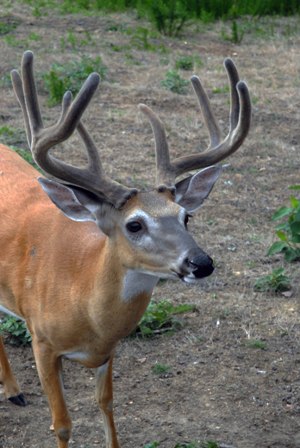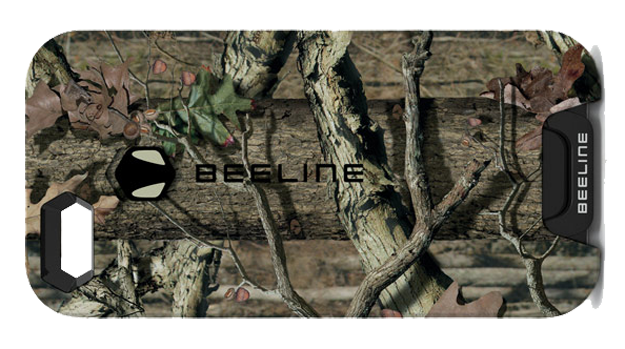Brian Hicks On Why He’s Scouting Public Lands Now

Editor’s Note: Brian Hicks lives in southeast Texas near Beaumont. He deer hunts about 200 acres of private lands and two different national forests each season. Both of the national forests that he hunts have heavy hunting pressure. Yet, each season he consistently takes older-age-class bucks that will score 120 to 150 on Boone & Crockett.
I start scouting for deer the day that deer season closes, especially on public lands. Once deer season ends, 99 percent of the public-land deer hunters have left the national forests. Then I can learn where and how they’ve hunted, and locate the bucks they haven’t found. As soon as the hunters leave the woods, I put out trail cameras on public lands and will use the trail cameras for several reasons. I want to be able to see the bucks that are left on the national forest lands after the hunters are gone. Just as importantly, I want to learn where and when these bucks are moving, and when they drop their antlers. As soon as I see bucks with only one antler or no antlers, I start shed hunting to learn more about the deer on these lands.
 One of the big fears associated with putting trail cameras out on public lands is the fear of having the camera stolen, and I have had a few trail cameras stolen. So, I don’t think I have this problem solved. But one thing I do is have a two-camera set-up. I’ll set the first camera up at about the same level as the deer I want to photograph, usually along trails, scrape lines and rubs. To set-up the second camera, I use my tree stand to climb up a tree. I’ll get high enough in the tree where most hunters won’t see the camera. Even if they do spot it, they won’t have a climbing tree stand with them after the season. If I come and check my cameras and one camera has been taken, I know I have their pictures on my second camera. When I catch someone taking one of my cameras, I report it to the U.S. Forest Service officers, hoping we’ll create a culture that stops people from stealing trail cameras, since they know there’s a very good chance that they will be caught. Many times, you have to come up with creative ways to solve problems with a trail camera thief. But again, you drastically reduce the chances of having your cameras misappropriated, if you put them out when deer hunters have left the woods.
One of the big fears associated with putting trail cameras out on public lands is the fear of having the camera stolen, and I have had a few trail cameras stolen. So, I don’t think I have this problem solved. But one thing I do is have a two-camera set-up. I’ll set the first camera up at about the same level as the deer I want to photograph, usually along trails, scrape lines and rubs. To set-up the second camera, I use my tree stand to climb up a tree. I’ll get high enough in the tree where most hunters won’t see the camera. Even if they do spot it, they won’t have a climbing tree stand with them after the season. If I come and check my cameras and one camera has been taken, I know I have their pictures on my second camera. When I catch someone taking one of my cameras, I report it to the U.S. Forest Service officers, hoping we’ll create a culture that stops people from stealing trail cameras, since they know there’s a very good chance that they will be caught. Many times, you have to come up with creative ways to solve problems with a trail camera thief. But again, you drastically reduce the chances of having your cameras misappropriated, if you put them out when deer hunters have left the woods.
I decide where to put my cameras by walking through the woods with my GPS. When I find scrapes, rubs, creek crossings and trails to and from deer bedding and feeding areas, I mark these spots as waypoints. I can get a pretty good idea of where the bucks have been moving during the rut. I also mark the spots where I find significant deer sign with a ScoutLook app on my mobile phone. This great app is one that every hunter needs on his or her cell phone, tells you the direction that the wind should be blowing on every one of your stand sites and shows your scent cone. I highly recommend the ScoutLook app, if you have a smartphone. When you mark a spot with your ScoutLook app, it has a drop-down menu that allows you to select what the area is that you’re marking. This extremely easy-to-use app enables you to put a lot of really-good information in it. Once deer season arrives in the fall, on the day you decide to hunt, you can get critical information from the app.
Be sure to check with the officials at the public lands where you want to place your trail cameras as to how long you can leave the cameras there.
Tomorrow: Deer Management Is More Than Planting Green Fields with Mossy Oak’s Brian Hicks



























